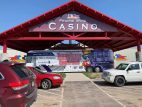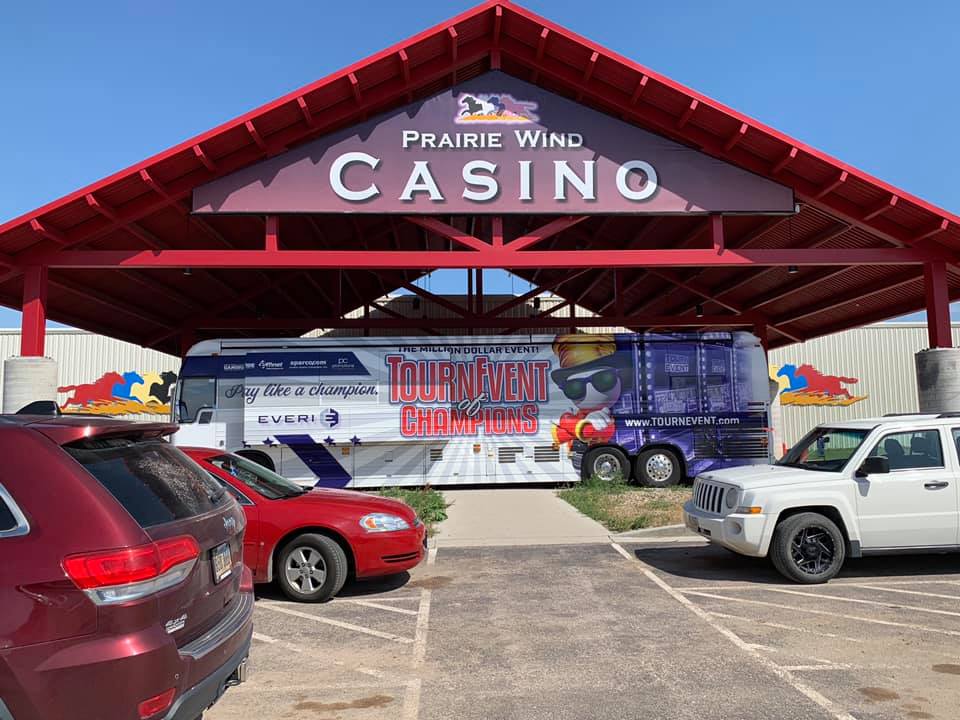Tribal gaming revenues fell 20 percent in 2020 over the previous year because of the pandemic, or by $6.7 billion. That’s the first decline the sector has recorded in ten years, and the sharpest in 20.


According to figures released Thursday by the National Indian Gaming Commission (NIGC), 248 tribes across 29 states reported collective gross gaming revenues across 524 tribal gaming operations of $27.8 billion, the lowest in nine years. 2019 was a record year, yielding 34.6 billion.
The tribal gaming sector generates 45 percent of all gaming revenue in the US and is a critical driver of national and state economies, according to the American Gaming Association.
“Unfortunately, due to the COVID pandemic, all eight administrative regions reported a decrease in their gross gaming revenues,” said Associate Commissioner Jeannie Hovland, as reported by CDC Gaming Reports. “While this was not necessarily surprising news due to the impact the pandemic has had on our communities, we’re grateful the reported decline in revenues was not more severe.”
Investment ‘Provides Hope’
Hovland was Speaking at the Oklahoma Indian Gaming Association Conference in Oklahoma City this week. Also present was NIGC Commissioner Sequoyah Simermeyer, who said investments made by the tribes during the growth years “provided hope for the industry’s strong return and an important stability for a well-regulated industry.”
These investments include forays for the first time into the Las Vegas gaming industry. In March, Connecticut’s Mohegans opened the Mohegan Sun Casino at Virgin Hotels Las Vegas, formerly the Hard Rock.
Then in May, the Southern California San Manuel Band of Mission Indians struck a deal with Red Rock Resorts to acquire the Palms resort for $650 million.
Now, 17 months after the wholesale closure of casinos nationwide, some 95 percent of tribal gaming operations have reopened, according to Simermeyer.
And it’s clear that some regions have been hit harder than others. Tribes in California and northern Nevada reported the smallest decline in revenues in 2020, some 13.2 percent. But the South Dakota reporting region, which includes North Dakota, Wyoming, and Montana had the biggest decline, at 36.6 percent.
Tribal Gaming Poverty Line
South Dakota is home some of America’s poorest tribal communities, such as the Standing Rock Sioux and Oglala Sioux, whose gaming operations have been less successful than many other tribes because their remote locations cut them off from a thriving customer base.
By contrast, much smaller tribes in California have far bigger and more lucrative gaming operations.
The Oglala’s Pine Ridge Reservation is the second largest in the US, but it contains the nation’s poorest county, Oglala Lakota. The tribe relies on its Prairie Wind Casino to support education and social welfare efforts.
The pandemic has exacted a greater toll on communities with high poverty levels. According to the Centers for Disease Control and Prevention, Native Americans are 3.5 times more likely to be infected with COVID-19 than white Americans and are 1.8 times more likely to die from the disease.
The American Rescue Plan, signed into law by President Joe Biden on March 11, 2021, invests $1.75 billion in American Indian and Alaska Native government programs.
The post Tribal Gaming Sector Suffered First Revenue Decline in a Decade in 2020 appeared first on Casino.org.